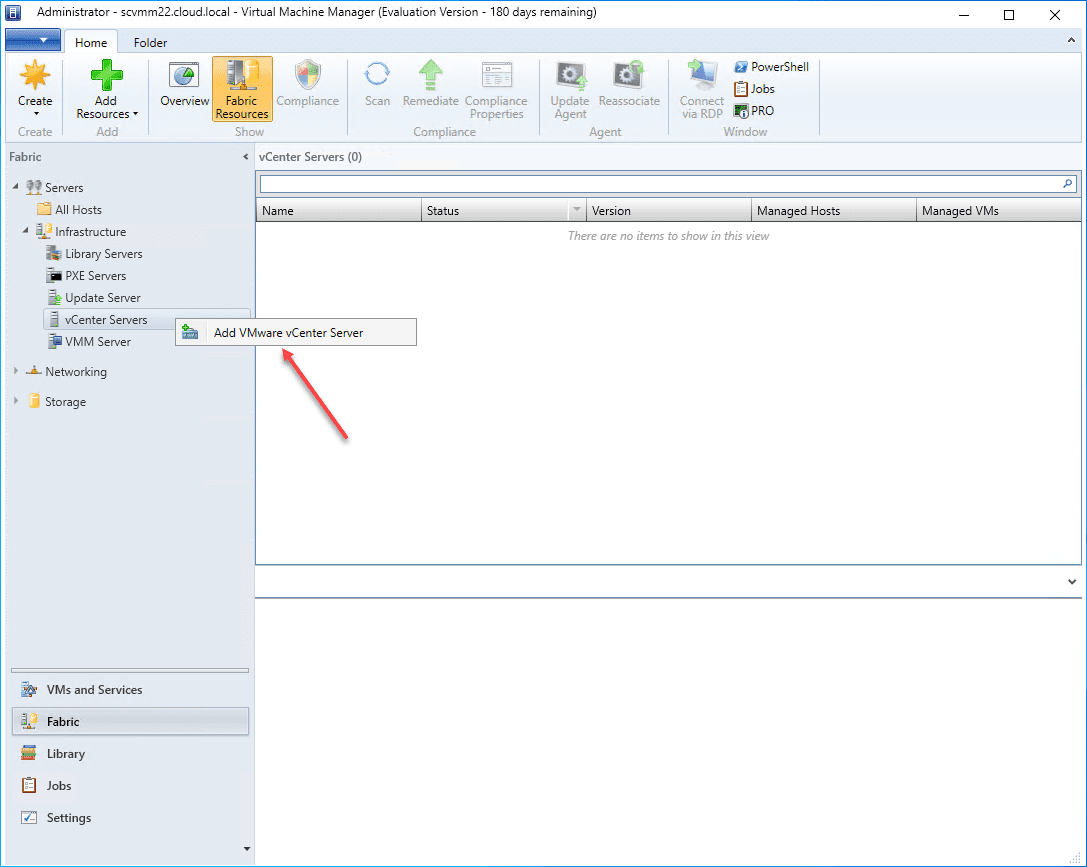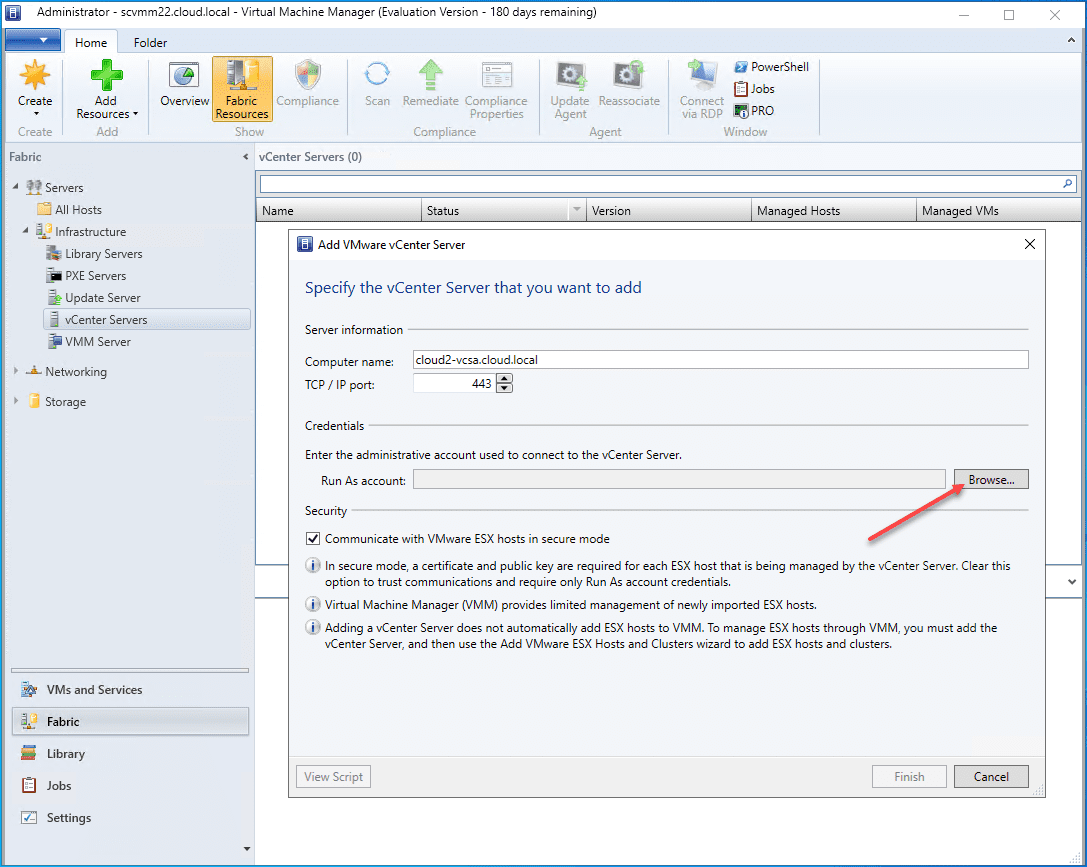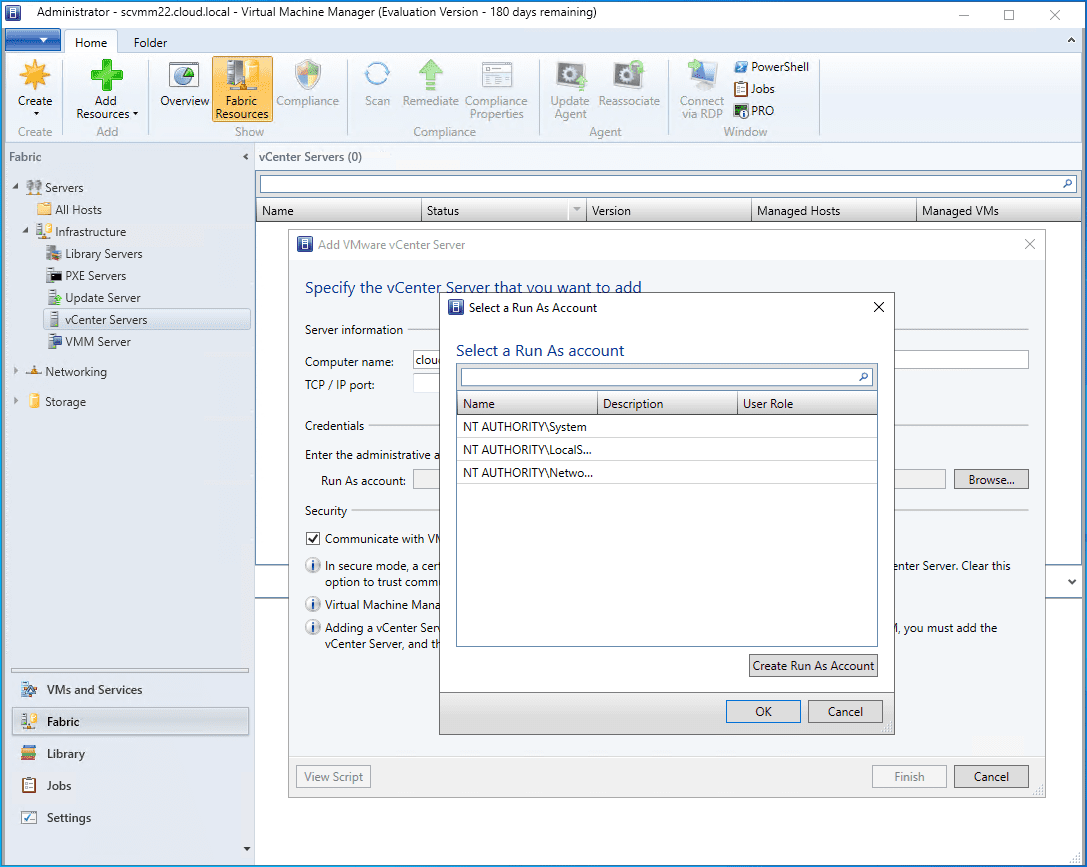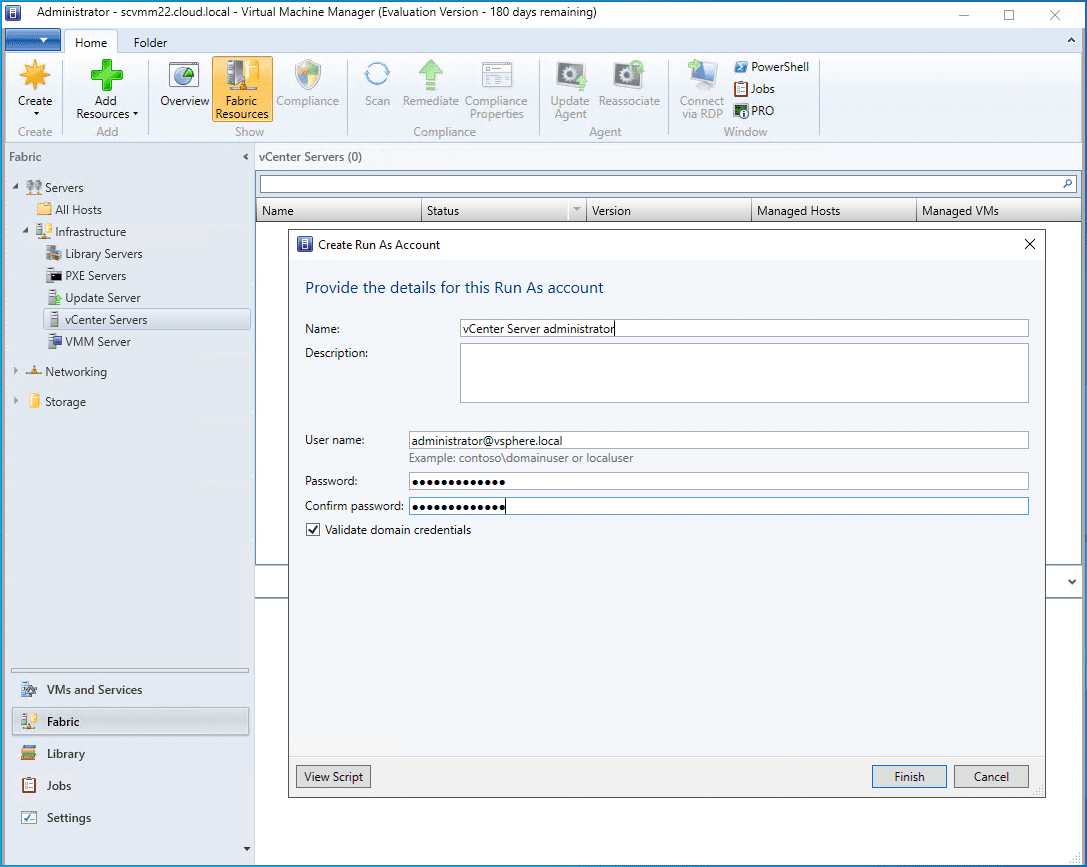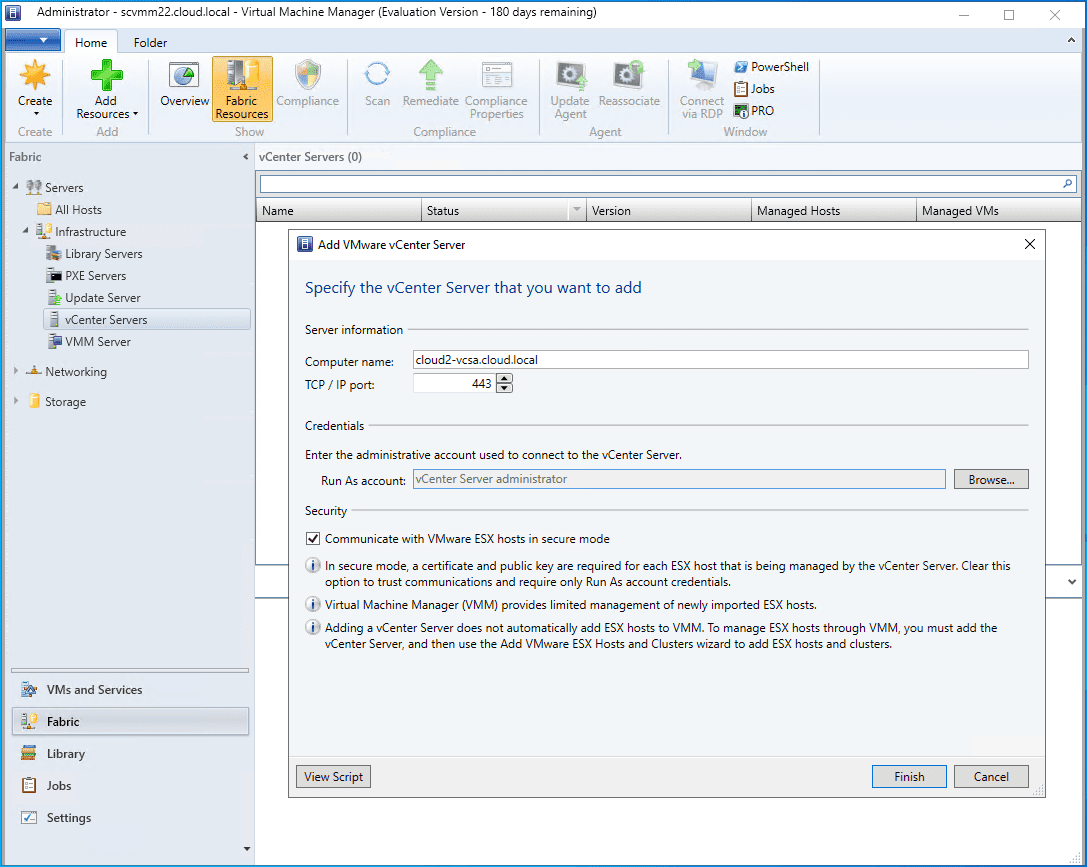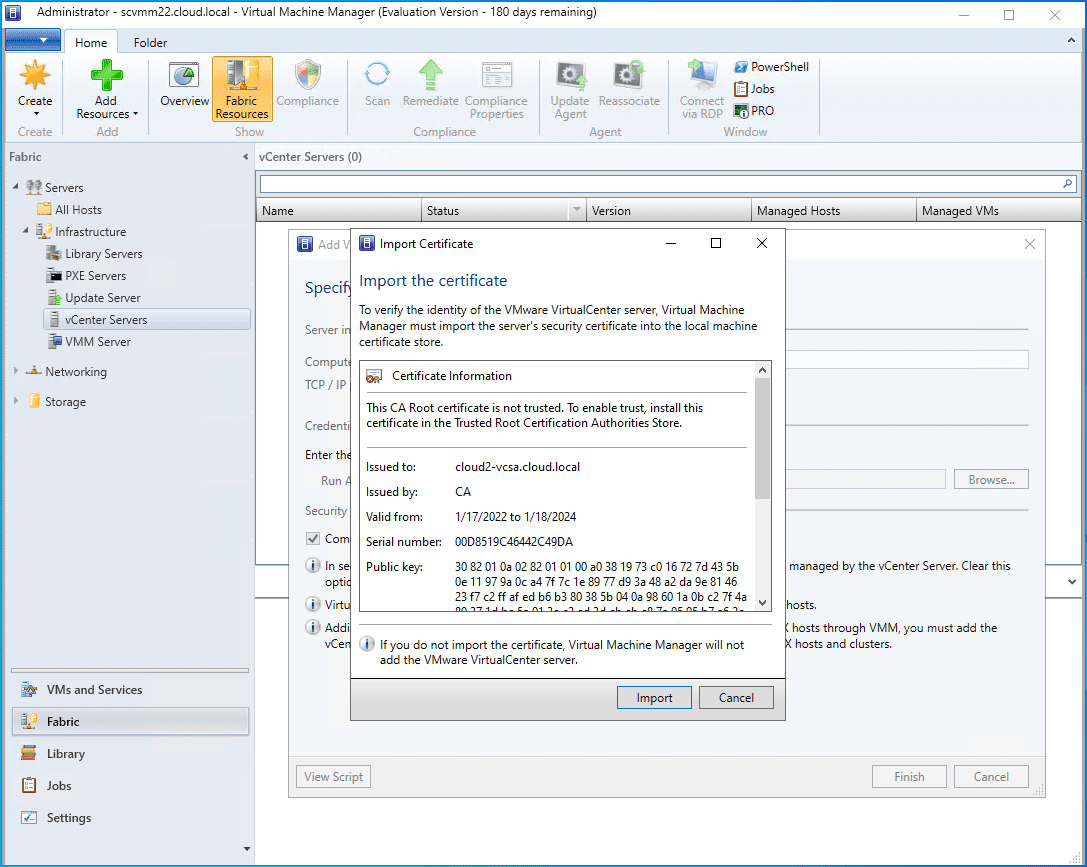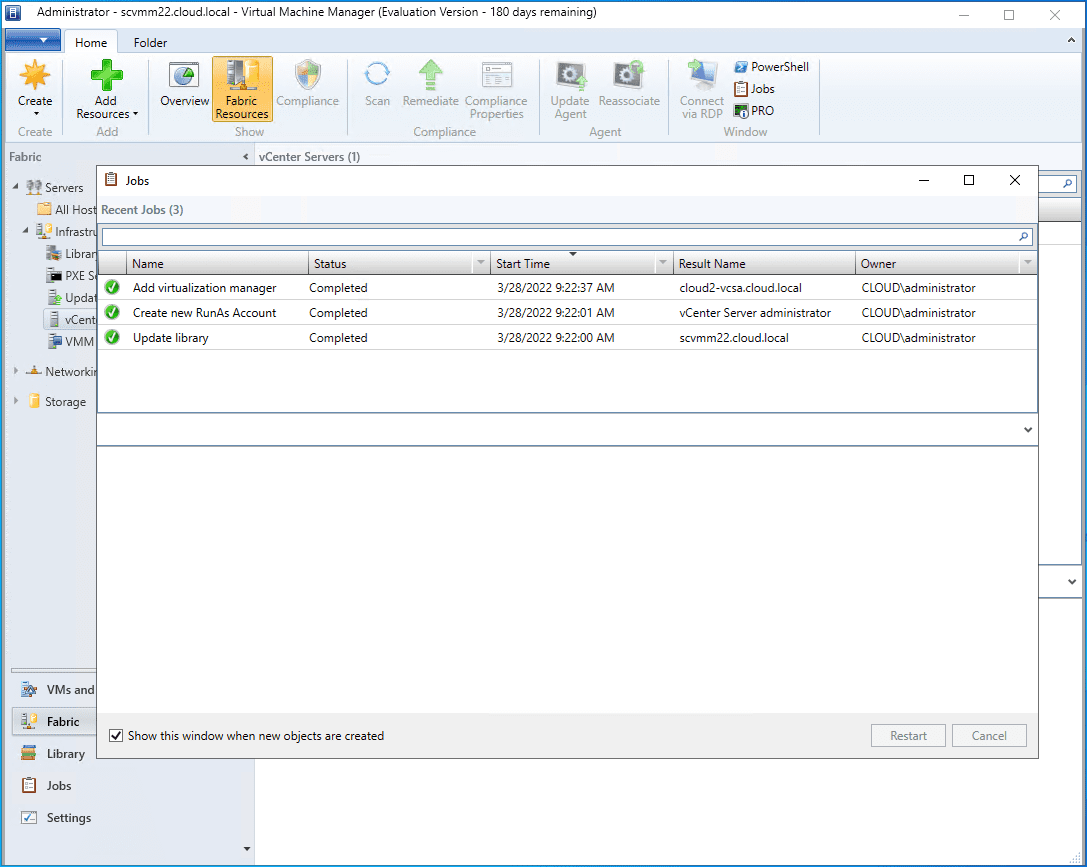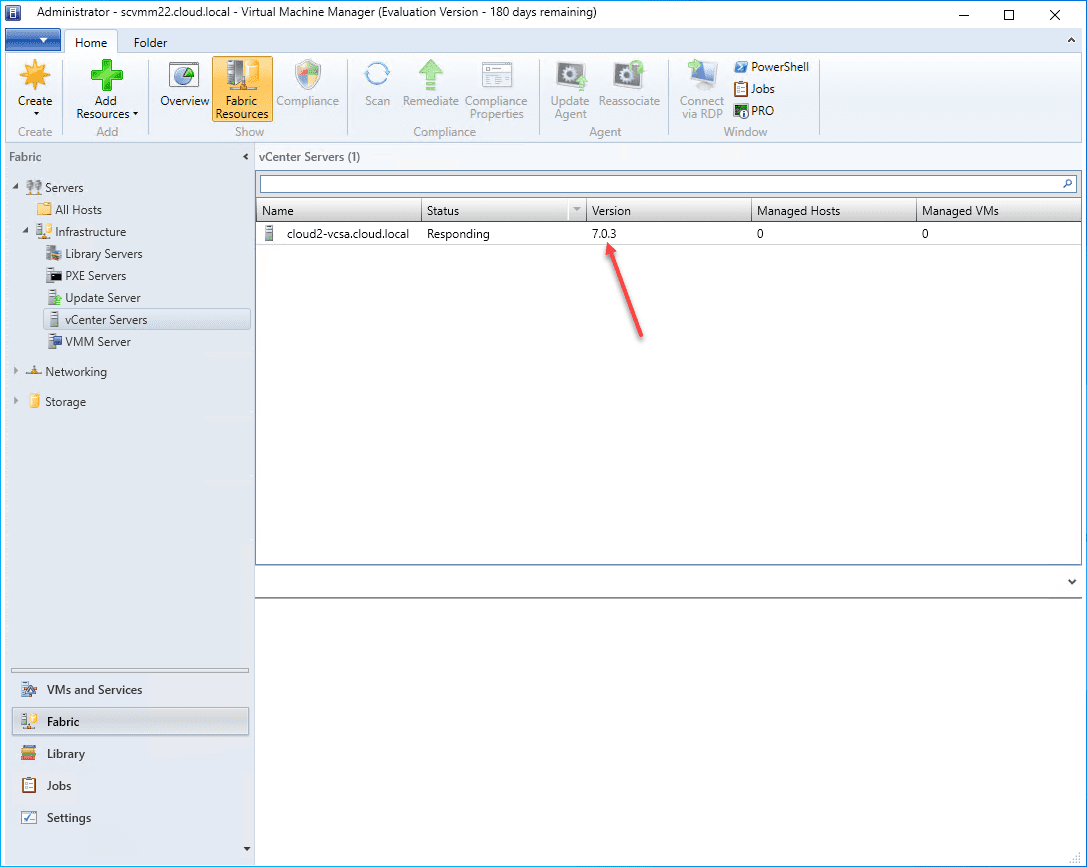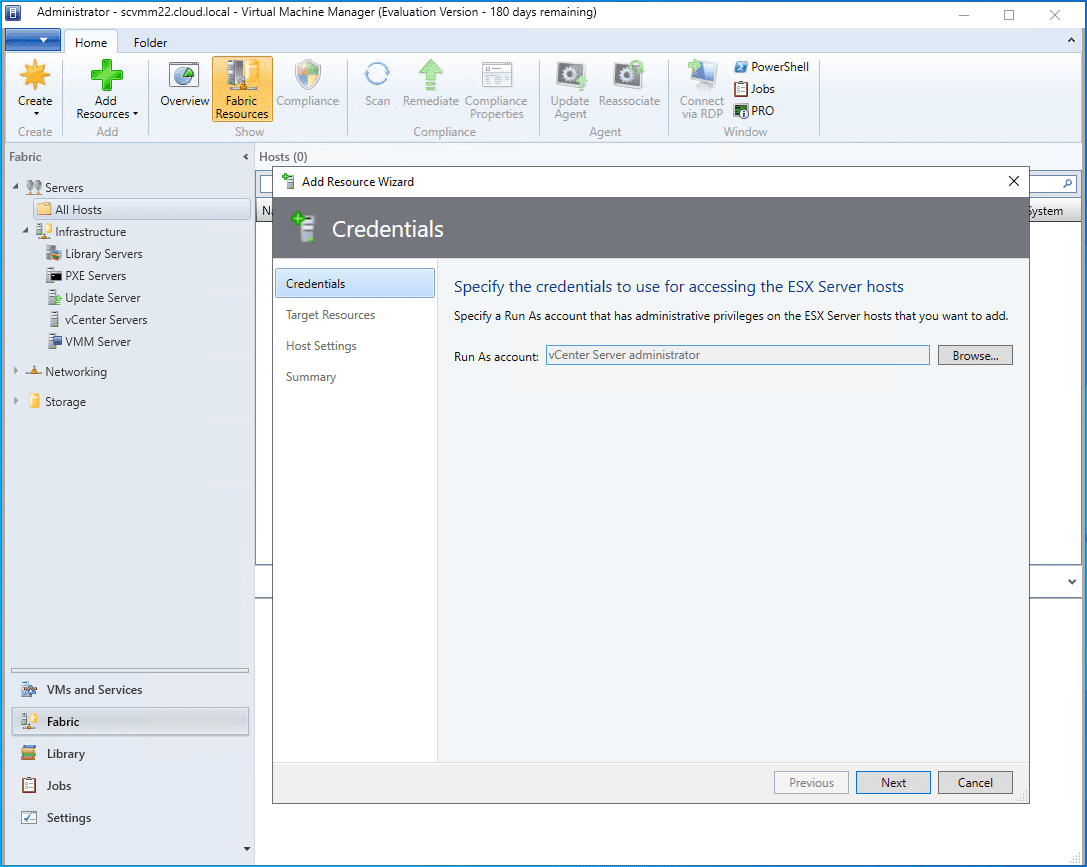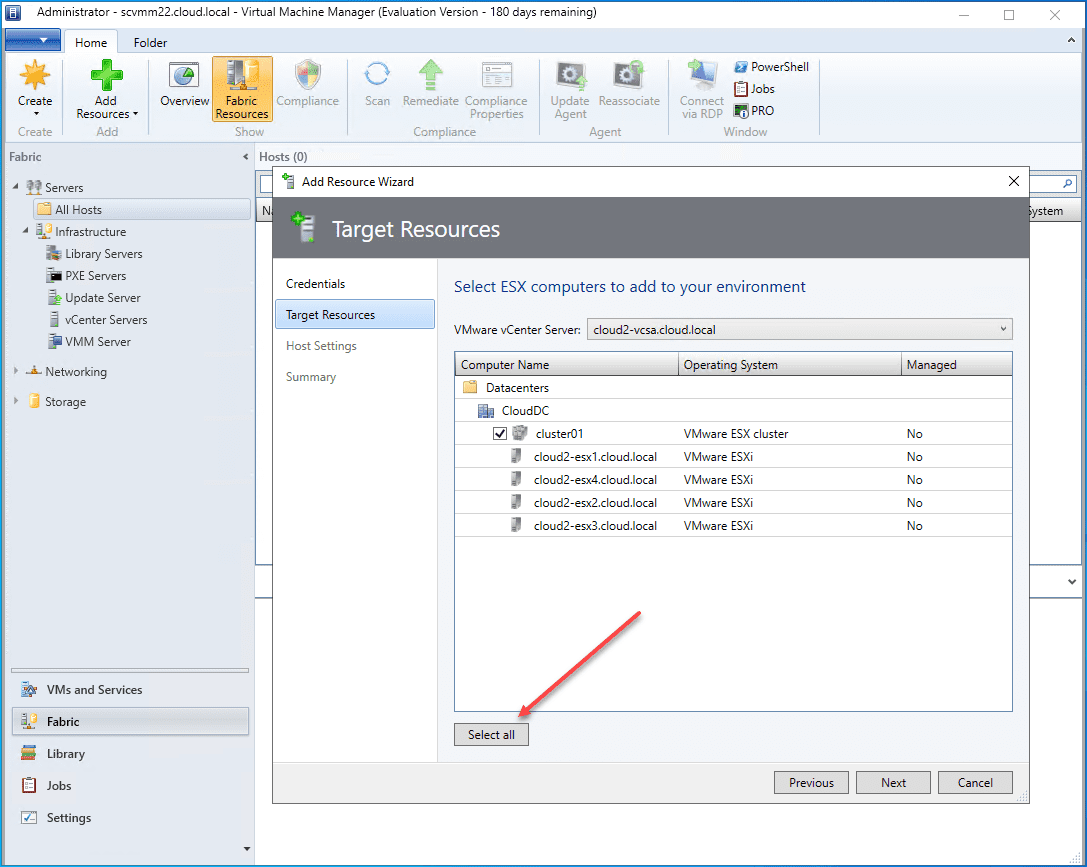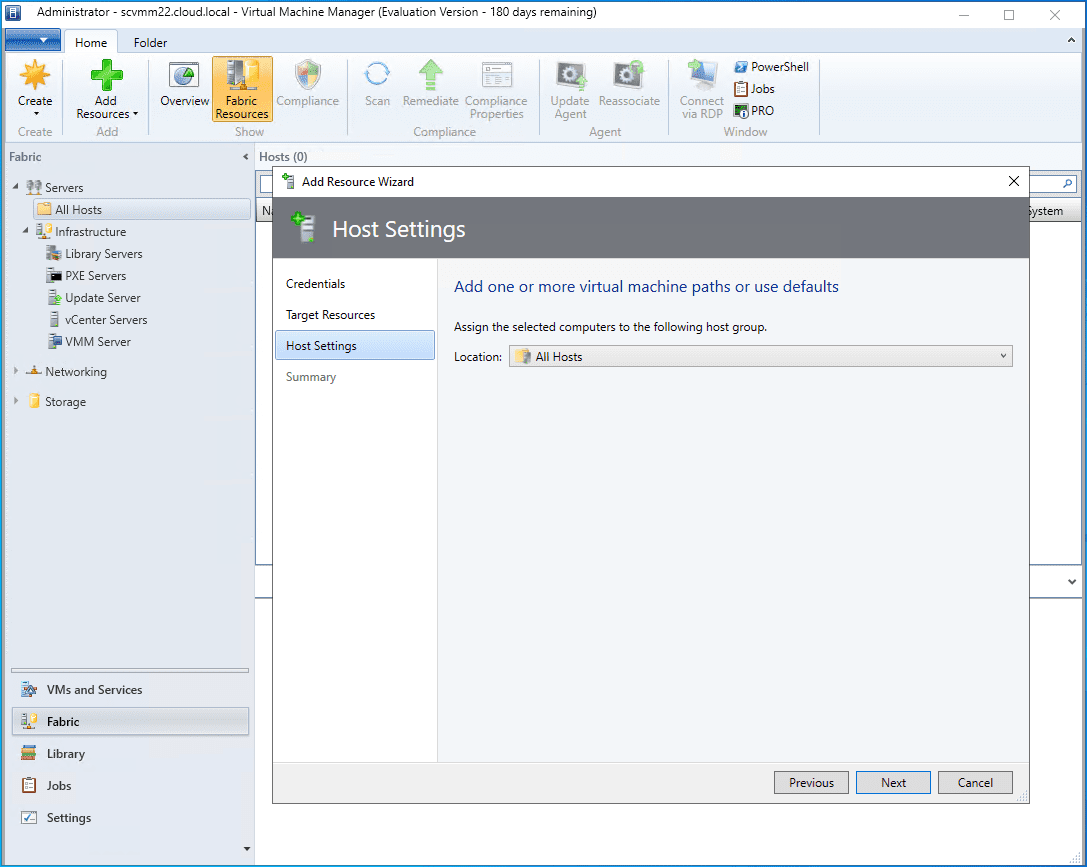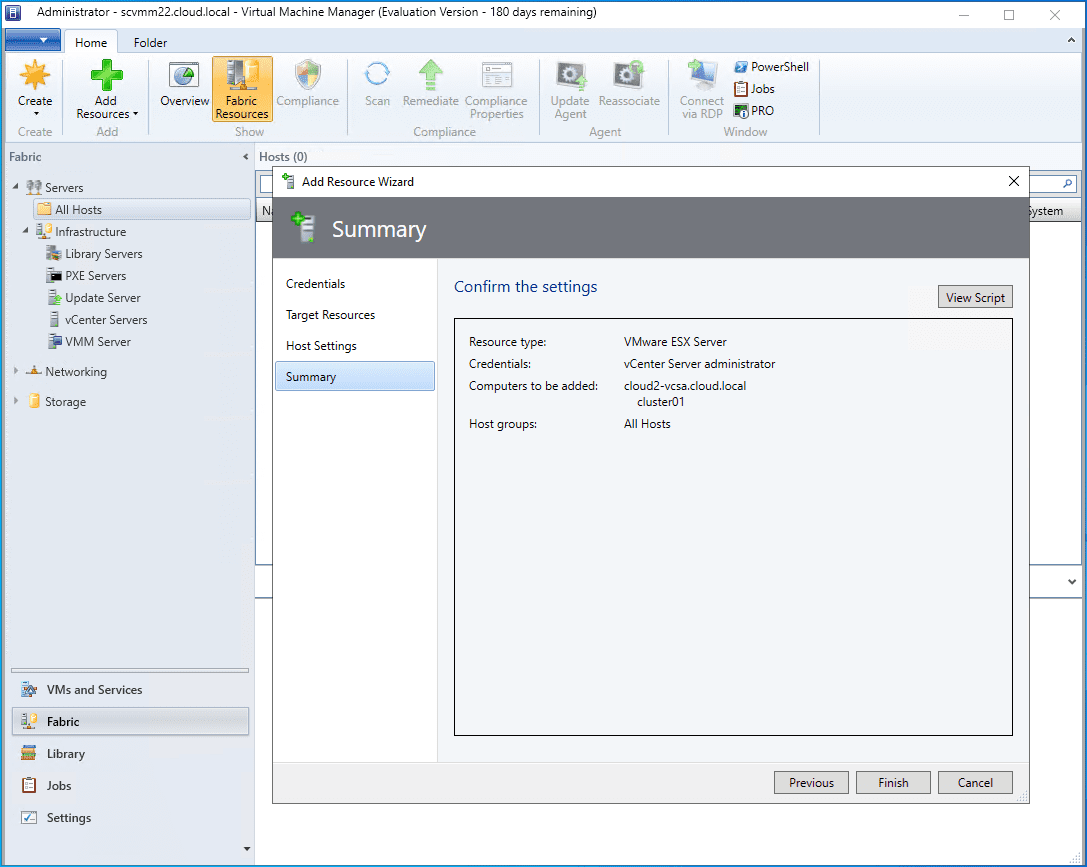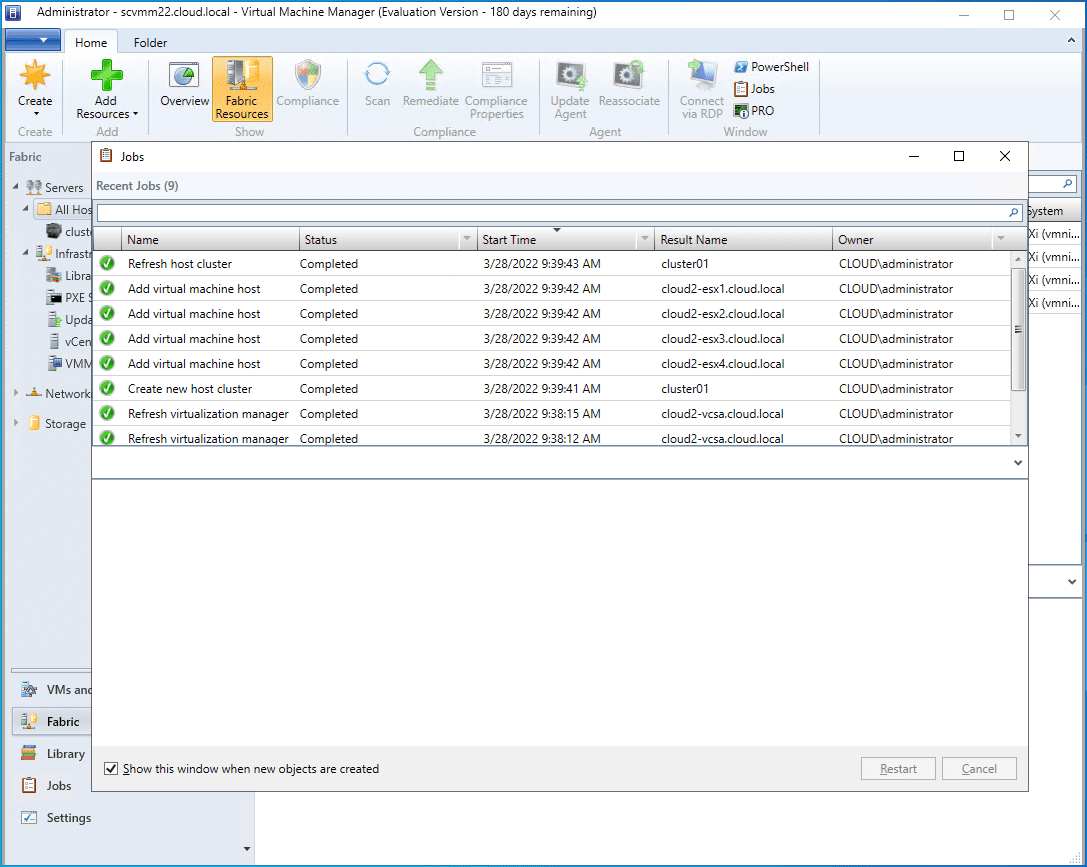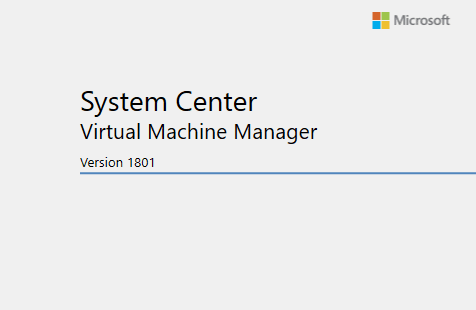System Center Virtual Machine Manager 2022 VMware ESXi management
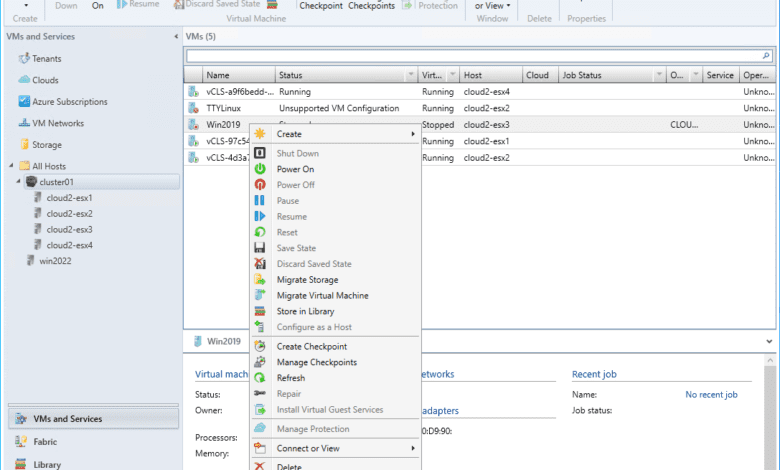
Recently, Microsoft released the latest version of System Center, System Center 2022. With the new System Center release, System Center Virtual Machine Manager 2022 (SCVMM) has been released with new features that support the latest version of vSphere. Let’s look at System Center Virtual Machine Manager 2022 VMware ESXi management and see how to import your vSphere environment for management in System Center Virtual Machine Manager 2022.
System Center Virtual Machine Manager 2022 New Features
There are many new features to note with System Center Virtual Machine Manager 2022. These include the following:
- Windows Server 2022 and Windows Server 2022 Guest OS support – Microsoft has introduced support for the latest Windows Server operating system.
- Windows 11 support – Support for the latest Microsoft client operating system
- Support for Azure Stack HCI clusters 21H2 – In case you didn’t know as of yet, Azure Stack HCI is the newest HCI operating system from Microsoft that runs on-premises clusters with virtualized workloads. With System Center Virtual Machine Manager 2022, you can manage these natively like you would any Windows Server cluster.
- Register and unregister Azure Stack HCI cluster using PowerShell cmdlets
- Support for dual-stack SDN deployments – System Center Virtual Machine Manager 2022 now supports dual-stack SDN deployments with support for IPv6-based SDN deployments and dual-stack (IPv4 + IPv6) for SDN.
- VMware vSphere 7.0 support – In the previous version of System Center Virtual Machine Manager 2019, you could not connect to new versions of vSphere 7.0 and higher. With System Center Virtual Machine Manager 2022, you can now connect to and manage VMware vSphere 7.0 environments and higher.
System Center Virtual Machine Manager 2022 VMware ESXi management
Let’s look at System Center Virtual Machine Manager 2022. In my lab environment, I have installed System Center Virtual Machine Manager 2022 on a Windows Server 2022 host. There are a couple of steps to add your VMware vSphere environment if you are running vCenter Server.
- Add your VMware vCenter Server to System Center Virtual Machine Manager 2022
- Add your VMware ESXi hosts to System Center Virtual Machine Manager 2022
Add your VMware vCenter Server to System Center Virtual Machine Manager 2022
To begin, navigate to Fabric. Right-click on vCenter Servers and select Add VMware vCenter Server.
On the Add VMware vCenter Server screen, click the Browse button to enter the administrative account used to connect to the vCenter Server.
On the Select a Run As Account screen, you can select an existing user from the list, or you can Create Run As Account. I am going to create a new user for this purpose.
After clicking the Create Run As Account, the Create Run As Account dialog box opens, allowing you to enter your vSphere credentials and save the entry.
With the run as account created, we can move forward with adding vCenter Server.
You will see the dialog to Import Certificate to accept the self-signed certificate for vCenter Server.
The job to Add virtualization manager succeeds – vCenter Server added successfully.
As you can see below, we have confirmed there are no issues adding a vSphere 7.0 and higher server to System Center Virtual Machine Manager.
Add your VMware ESXi hosts to System Center Virtual Machine Manager 2022
Under Fabric > All Hosts, right-click and select Add VMware ESX Hosts and Clusters. It will launch the wizard to add the ESXi host resources. The first step is the Credentials selection. Here I am selecting the credentials for the vCenter Server.
By default, when you choose your vCenter Credentials, it looks to your vCenter Server and pulls the host information. Clicking the Select All button tells VMM 2022 to pull in all the hosts in the cluster.
Select the location where you want to import the VMware ESXi hosts.
Click Finish on the summary screen.
The Jobs window will show the job to add the ESXi hosts to System Center Virtual Machine Manager 2022.
You will see the virtual machines listed under VMs and Services from the VMware ESXi hosts added. Right-clicking on one of the virtual machines displays the available options.
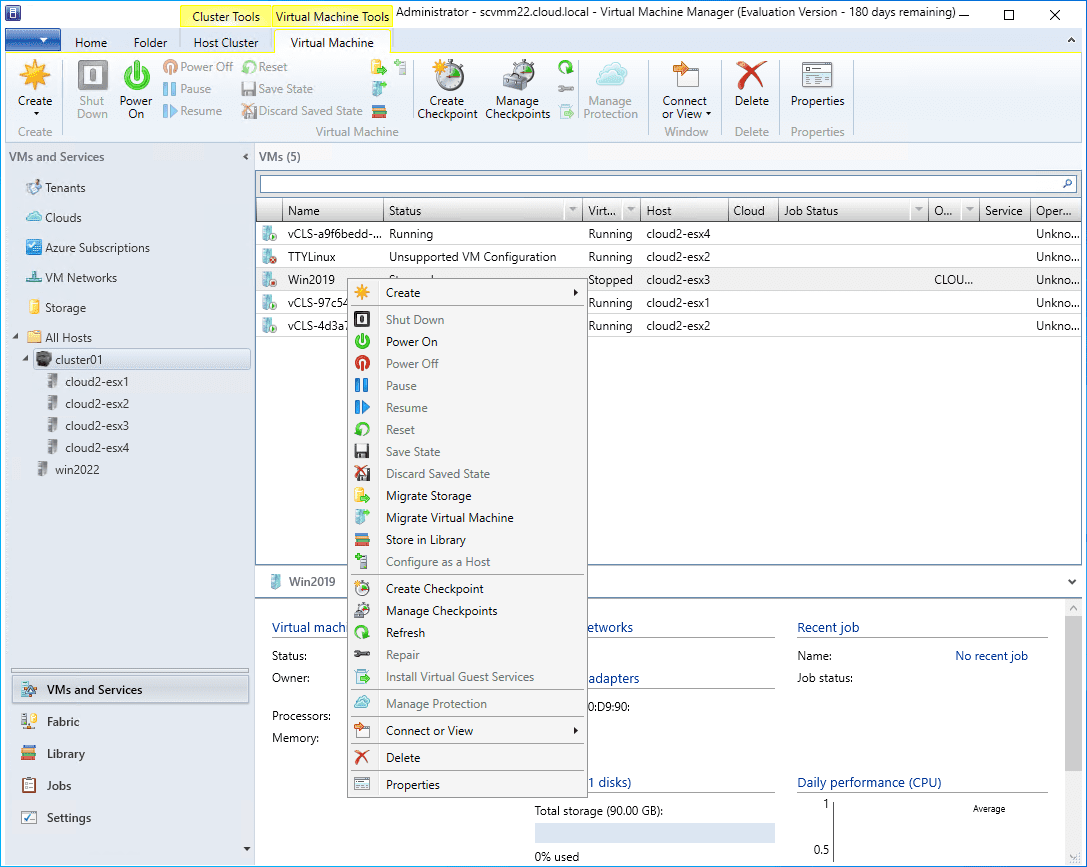
System Center Virtual Machine Manager 2022 FAQs
- What is System Center Virtual Machine Manager? System Center Virtual Machine Manager is a subsidiary product under the System Center umbrella that allows organizations to manage their virtualized infrastructure, including on-premises and in the hybrid cloud.
- Is System Center Virtual Machine Manager free? No. System Center Virtual Machine Manager is a paid solution. However, you can evaluate System Center Virtual Machine Manager for 180 days from the Microsoft Evaluation Center.
- What does System Center Virtual Machine Manager do? It can connect to virtualized environments and managed the solution natively within the System Center Virtual Machine Manager console. It allows performing cross-platform operations, such as migrating from VMware to Hyper-V or Hyper-V to VMware.
- Can System Center Virtual Machine Manager manage VMware? Yes. As shown in the above walkthrough, you can add VMware vCenter Servers and VMware ESXi hosts to System Center Virtual Machine Manager.
- What are the new features in System Center Virtual Machine Manager 2022? New features include support for Windows Server 2022, Windows 11, Azure Stack HCI 21H2, dual-stack IPv4/IPv6 support, and support for VMware vSphere 7.0 and higher.
Wrapping Up
Hopefully, this overview of System Center Virtual Machine Manager 2022 VMware ESXi management helps to demonstrate one of the new features found in System Center Virtual Machine Manager – managing vSphere 7.0 and higher environments. The process to add vCenter and VMware ESXi hosts is straightforward. VMM 2022 provides a great way to perform cross-platform operations such as migrating machines from one platform to the other.


